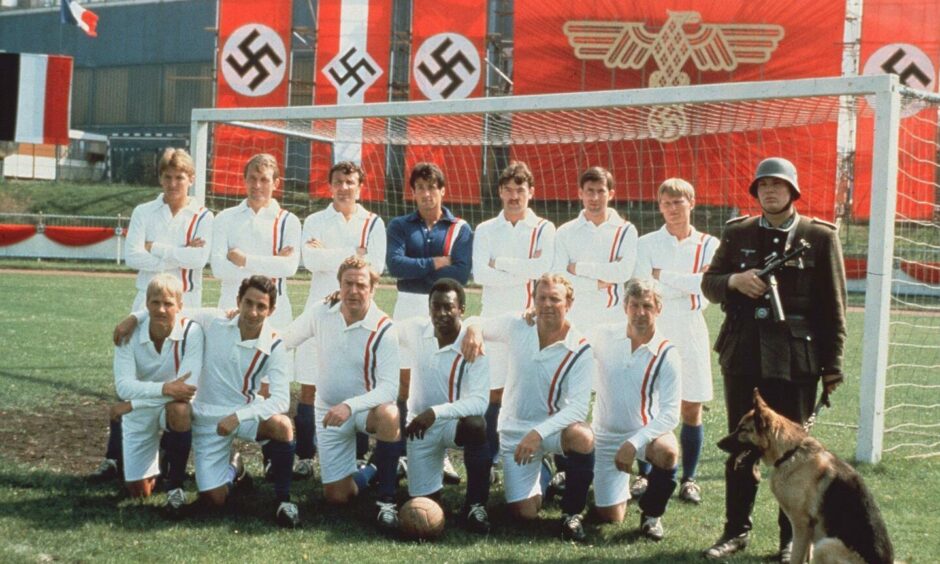
Dundee United defender David Narey scored a wonder goal for Scotland to put them ahead against Brazil in Seville in 1982.
Had the cards fallen differently he might well have played a part in another iconic strike with a Brazilian connection from the greatest player of his generation.
Narey, you see, was among the Scotland players given the chance to take on the Nazis alongside Michael Caine, Pele and Sylvester Stallone in Escape to Victory.
Escape to Victory tells the story of Allied prisoners of war taking on their German captors in a football match in Occupied Paris during the Second World War.
The movie was filmed in Budapest in the summer of 1980 and the pool of footballers used in the film was drawn from across the world.
Narey was in the Scotland squad that embarked on an end-of-season trip to Hungary and Poland before being offered an unusual off-field opportunity that got away.
Manager Jock Stein said the film-makers were looking for extras for the football scenes being filmed in Budapest and anyone who wanted could stay on and take part.
Escape To Victory’s star-studded cast
Narey’s defensive partner, Willie Miller, suggested Stein undersold the prospect of taking to the pitch in what became one of the greatest matches in cinematic history!
Miller said: “Jock Stein told us there was a film getting shot nearby, and the casting company were after a few pros to play in a football match as extras.
“John Wark was keen and went for it. But it had been a long season and I decided I just wanted to head home as soon as we were done.
“To be fair, big Jock didn’t do too much to sell it to us.
“If I had known Pele, Sylvester Stallone and Ossie Ardiles were all going to be involved, I might have given the offer more serious consideration!”
Stallone, by then a megastar thanks to the success of Rocky, only got involved because he wanted to work with director John Huston, whose resume included The Maltese Falcon, Treasure Of The Sierra Madre and The African Queen.
Michael Caine plays Captain John Colby, whose career for West Ham United was postponed because of the war.
After being captured and put into a POW camp, he organises football matches to pass the time.
Max Von Sydow, who plays “the good German” Von Steiner, hatches a plan to have a prisoners of war XI take on an all-star Nazi team.
“If nations could settle their differences on a football pitch, wouldn’t that be a challenge?” says Von Steiner to Colby, who accepts the challenge match on the proviso of getting better conditions for the prisoners.
When it turns out that the game will be played in Paris, the French Resistance agrees to help the team escape at half-time, while the Nazis try to fix the outcome with a bent referee and by stocking the Allies’ squad with a rag-tag selection of detainees.
Although Brazil, in real life, would play a small but heroic part in the war, they didn’t get involved until 1944, so a Brazilian would have been out-of-place in this flick.
That’s why Pele played a Trinidad and Tobago player instead!
Pele handled the choreography for the many of the football scenes along with Les Shannon, who had played for Liverpool during the Second World War years.
Huston couldn’t have asked for anyone better than that pair.
‘What do you mean we can win?’
The game seems all but lost when Pele comes off with broken ribs against a roughhouse Nazi team that goes 4-0 up before Bobby Moore pulls a goal back just before the break.
The French Resistance succeeds in digging a tunnel from the sewer system straight into the Allies’ dressing room to enable their escape at half-time.
Stallone starts to lead the men down the tunnel to safety when Ipswich and England defender Russell Osman delivers his iconic “We can win this!” line.
Mike Summerbee follows up Osman’s rousing team-talk as the ‘early bath’ escape beckons with: “It’s not as though we’re being slaughtered, skipper!”
“What do you mean we can win?” Caine replies.
“You mean you’d go back and play the second-half?”
“That game means a lot to us,” pleads Pele as the players argue about going back.
“You know that. You must go back.
“If we run now, we lose more than a game.”
The players go back out and attempt to overturn a 4-1 deficit against the strains of Rocky composer Bill Conti’s uplifting musical score.
Ossie Ardiles pulls the score back to 4-2 before Manchester City’s Polish star Kazimierz Deyna scores a third Allied goal, to the delight of the French crowd.
The hobbling Pele begs Caine to let him come back on with four minutes to go.
The images remain iconic more than four decades later.
Bobby Moore crosses the ball in.
Pele jumped, executing a perfect bicycle kick that rattled the back of the net in all its slow-motion glory, which is so good that even Von Steiner gets off his feet to applaud.
Did he score at the first time of asking?
One Scotsman, however, did appear in the movie.
John Wark’s Ipswich side made up a large contingent of the extras.
He said: “We had no idea about the scale of the project until we went to Hungary, where it was being filmed, and realised Michael Caine and Sylvester Stallone were involved.
“We were there for five weeks. Stallone kept to himself mostly, but Michael Caine would come out drinking with Bobby Moore and a few of us.
“Pele was at the end of his career, but was still amazing.
“When we were filming the match he was asked to score a spectacular equaliser. So he did a stunning overhead kick into the top corner in just one take.”
Pele’s recent passing has given us the chance to look back over the greatest football film ever made, which doesn’t receive a mention in Huston’s autobiography!
He instead spoke of such notables as Hemingway, Hepburn, Welles, Gable, Bogart and Brando, rather than the thespian talents of the likes of Ardiles, Osman and Wark.
The film was released four years after Pele played the last match of his career, which came for the New York Cosmos in 1977.
He retired with a record of 1,281 goals in 1,363 matches.
But did he ever score a better goal?
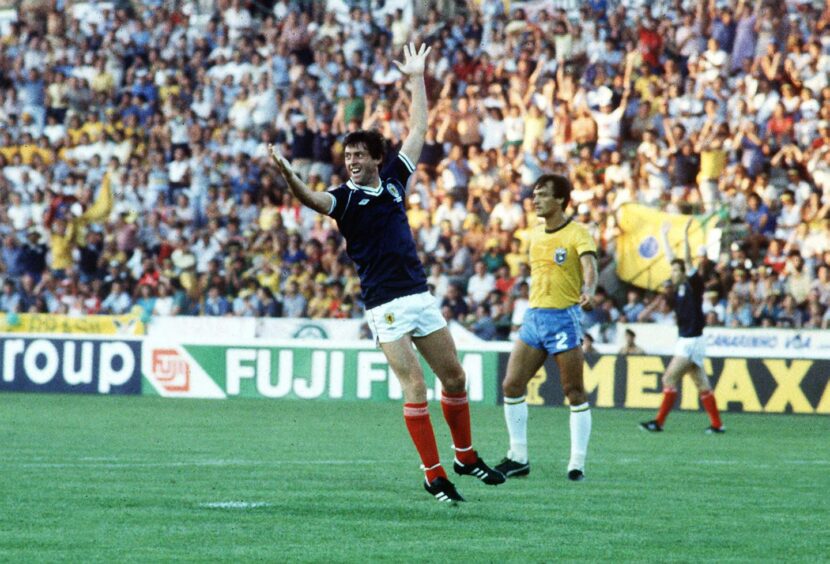
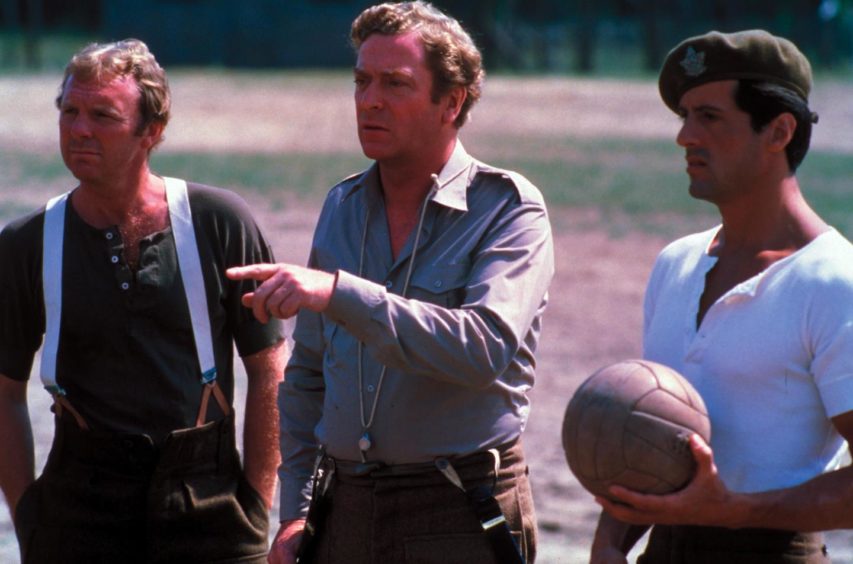
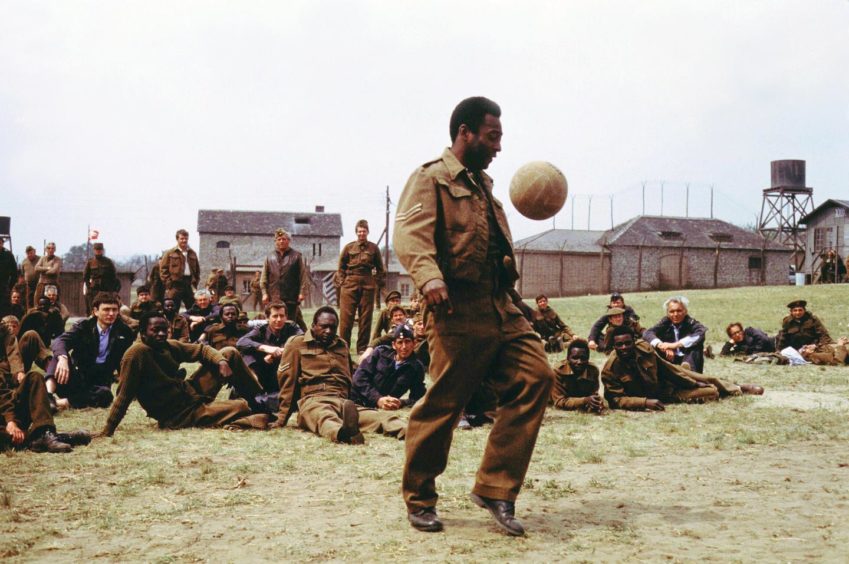
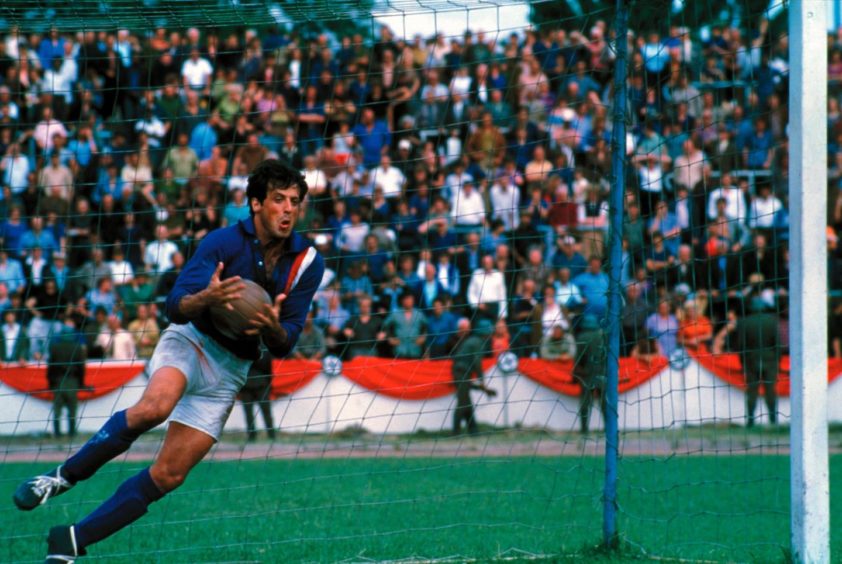










Conversation